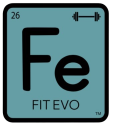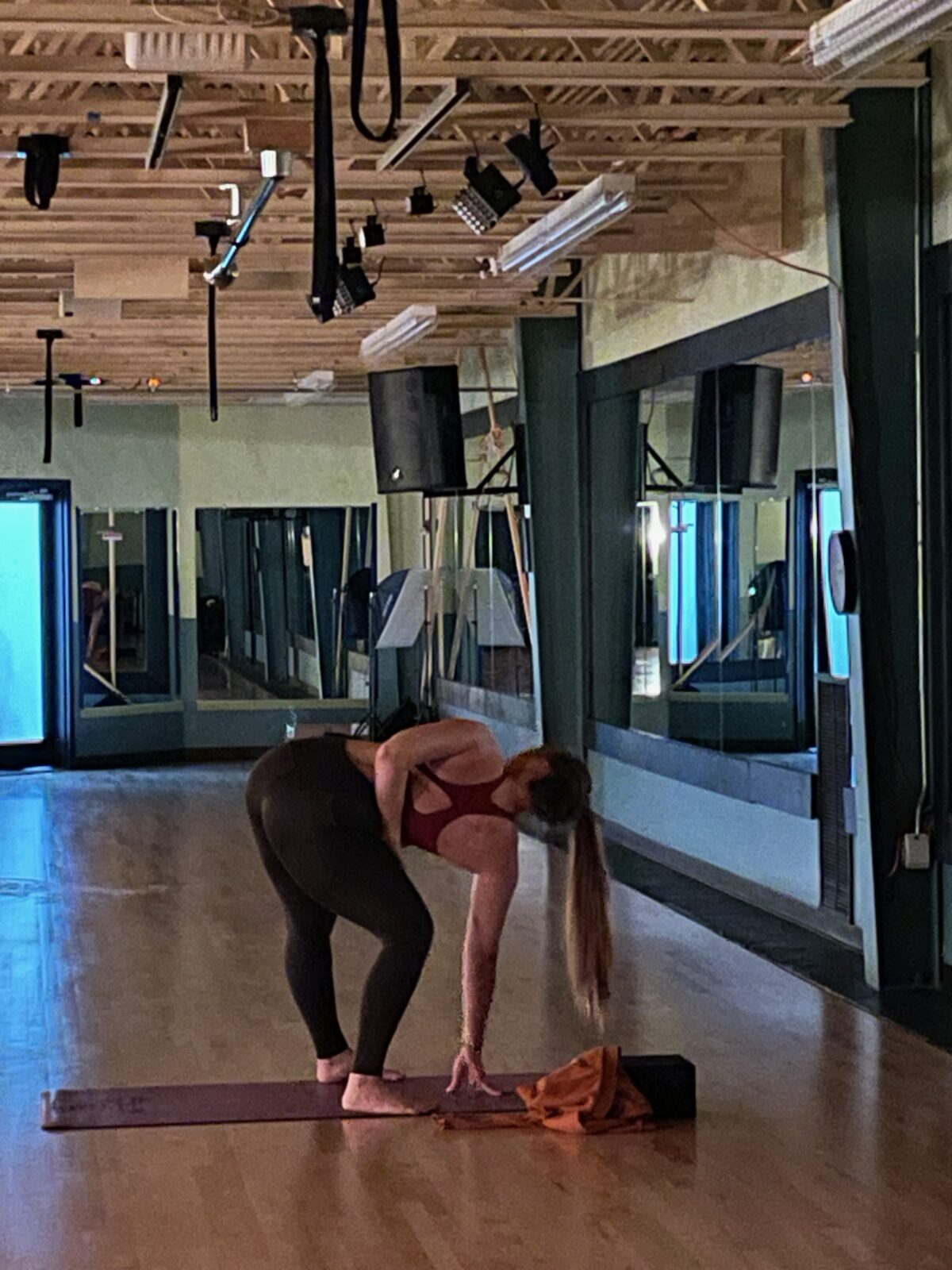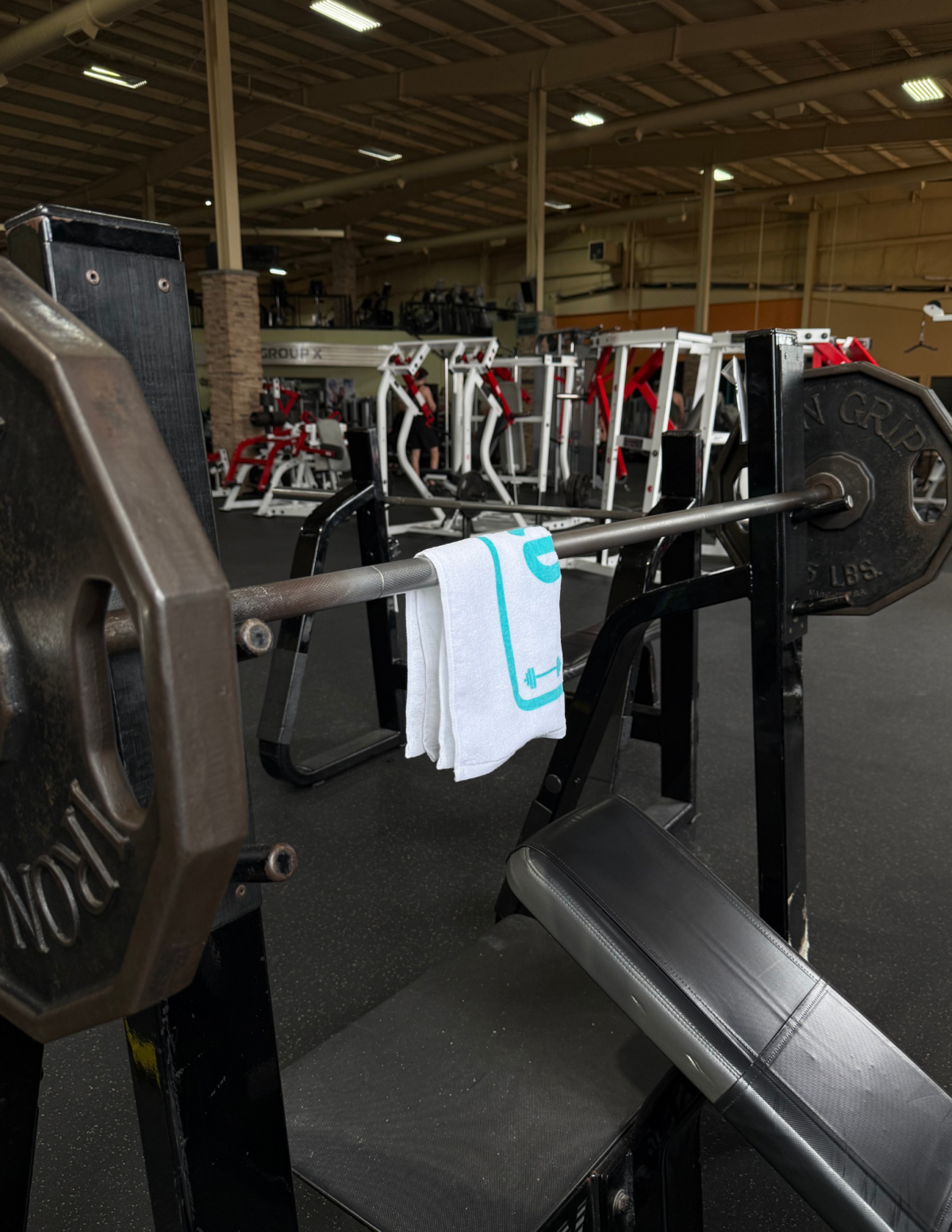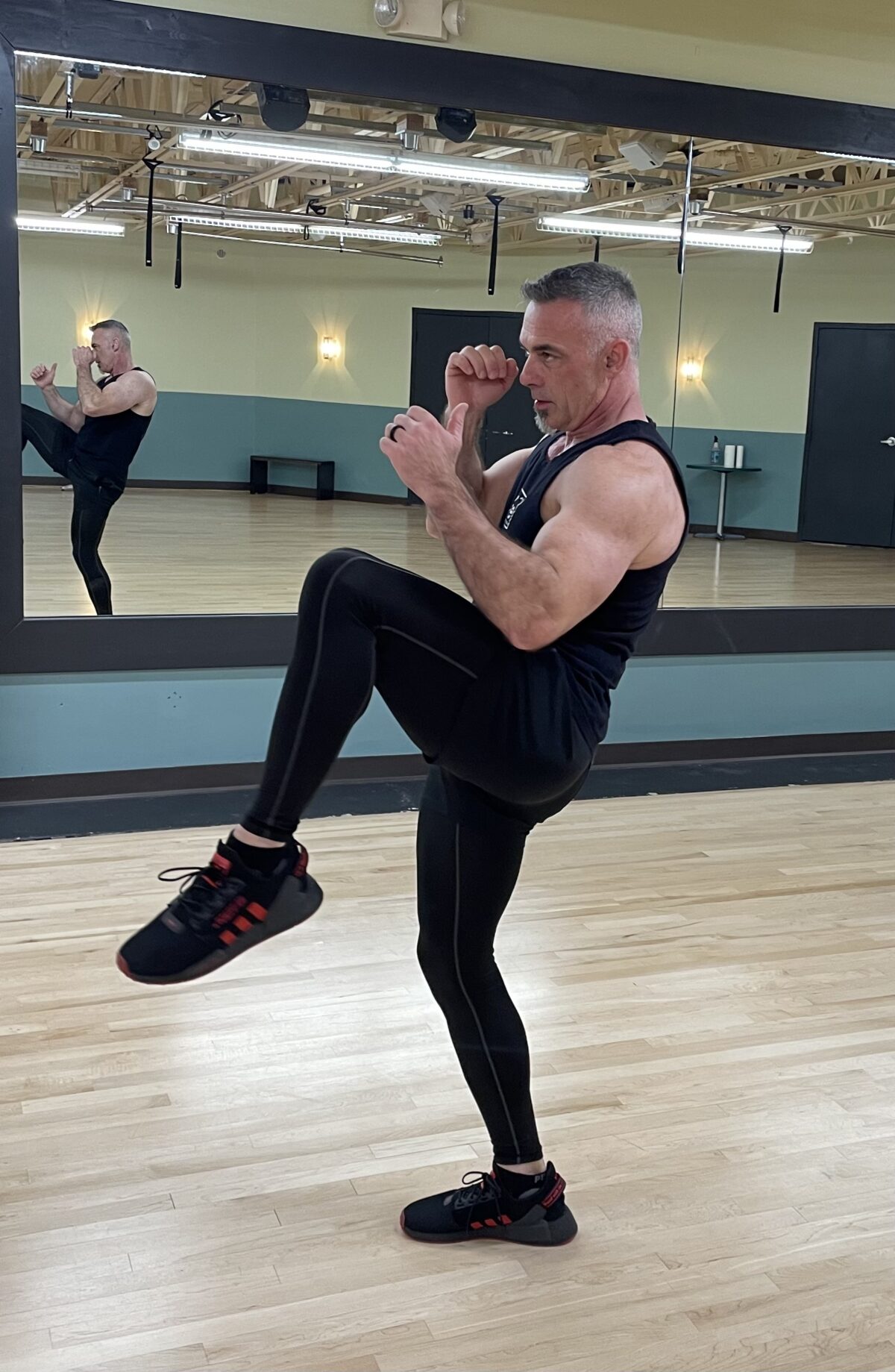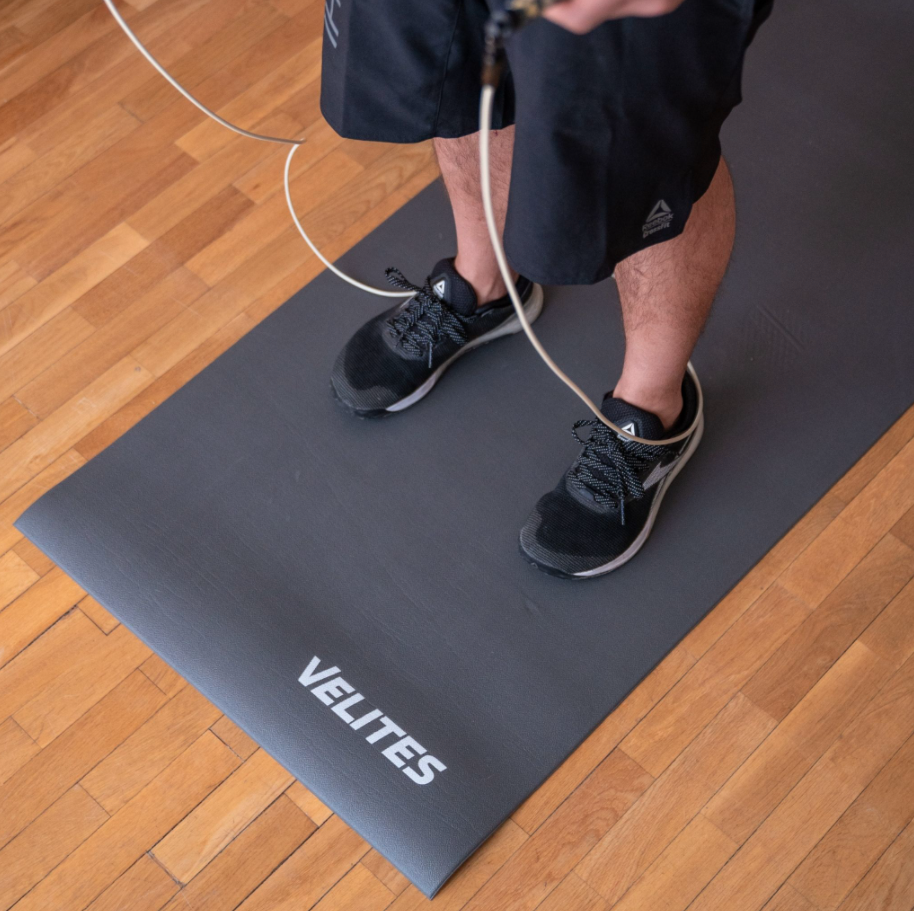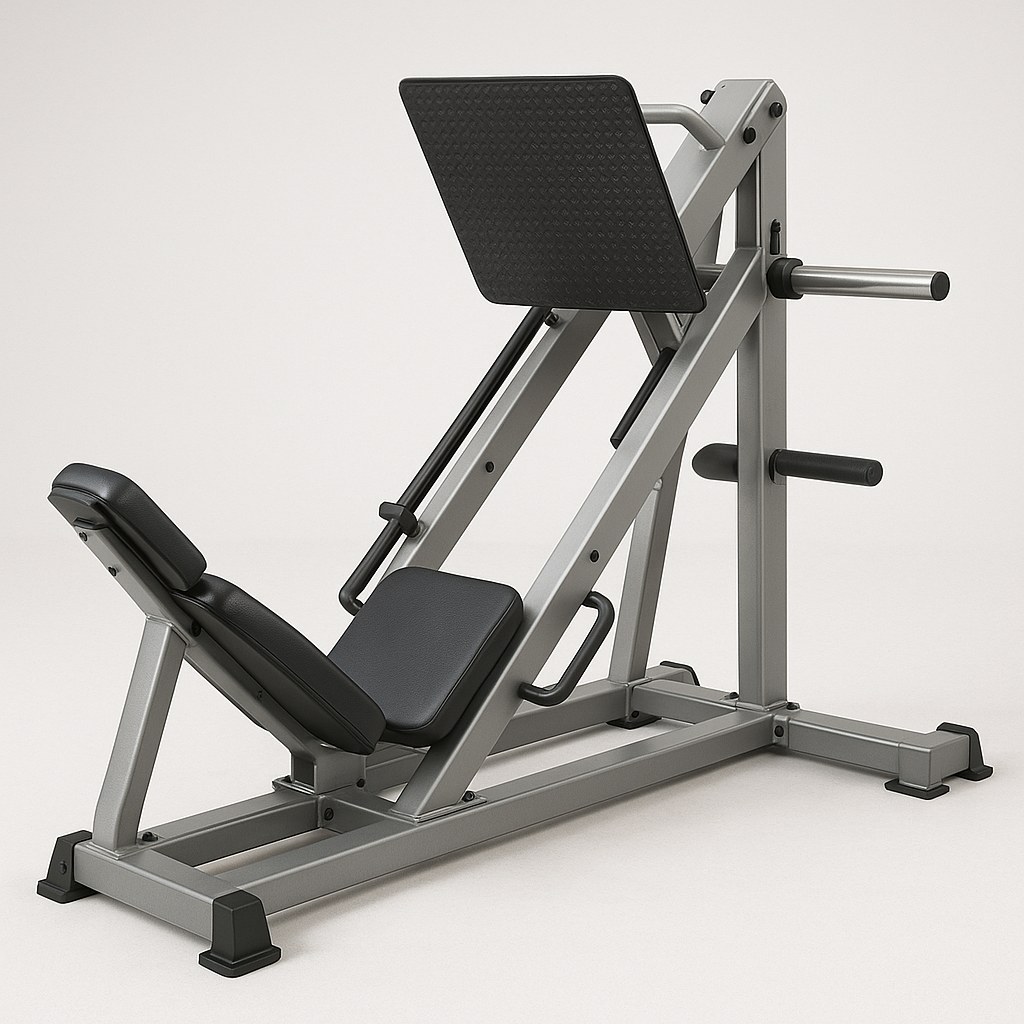
Looking for a way to build stronger legs without stressing your back or needing a workout buddy? That’s where the leg press machine comes in. This gym favorite helps people of all fitness levels train their quads, hamstrings, glutes, and calves safely and effectively. Let’s break down what it is, how it works, and why it could be your lower body’s new best friend.
What Is a Leg Press Machine?
A leg press machine is a piece of gym equipment designed to help you push weight using your legs. You sit down, put your feet on a platform, and push the platform away from you by straightening your legs. The machine keeps the motion smooth and stable, so you can focus on your muscles.
There are two common types:
- 45-Degree Leg Press (Incline): You sit back in a seat and push the weight upward at an angle.
- Horizontal Leg Press (Seated): You sit upright and push the weight straight out in front of you.
Both work your legs in similar ways, but the angle can change how your body feels the weight. Some gyms may even offer variations with adjustable footplates or resistance types, like cables instead of weights.
How a Leg Press Machine Works
The machine uses weights (either weight plates or a weight stack) to create resistance. Your feet go on a large platform connected to the weights. When you push the platform away from you, your legs extend. Then, when you slowly let it come back, your legs bend again.
This movement mainly targets your quadriceps (front of your thighs), but it also works your glutes, hamstrings, and calves.
Because you’re seated with support behind you, your spine stays safe and steady. That’s one reason the leg press is popular with beginners or folks with back concerns.
It also eliminates the need for balance. Unlike squats or lunges, the leg press keeps you in a fixed position, allowing you to lift heavier weights without worrying about falling or straining your core.
Benefits of Using a Leg Press Machine
Let’s talk about why people love leg pressing with a machine:
- Safe and supportive: Your back is supported, so it’s easy on your spine.
- Focuses on form: The fixed motion helps you build good habits.
- Builds leg strength fast: You can lift heavier than with bodyweight squats.
- Great for beginners: Easy to use, even if you’re new to lifting.
- Good for all fitness levels: Just adjust the weight for your needs.
- Helps correct imbalances: Use one leg at a time to improve muscle balance.
- Perfect for rehab and recovery: Low risk of falling or tweaking muscles.
And bonus: It’s simple to learn. You won’t need a spotter like you might with free weights.
Muscles Worked by the Leg Press
Here’s a quick look at the main muscles that get a boost:
- Quads: The stars of the show. They do most of the pushing.
- Glutes: These power your hips and help push the weight.
- Hamstrings: Help control the movement and support the lift.
- Calves: Assist at the bottom of the movement, especially if you press with your toes.
Switching up your foot position can target these muscles differently. For example:
- Feet high: More glutes and hamstrings
- Feet low: More quads
- Feet wide: More inner thighs
- Feet narrow: More outer quads
Try experimenting with your stance to see what feels best and works your goals.
How to Use the Leg Press Machine (Step-by-Step)
Here’s a simple guide for doing leg press with a machine:
- Sit down and adjust the seat so your knees are bent about 90 degrees.
- Place your feet shoulder-width apart on the platform.
- Grip the side handles for support.
- Push the platform slowly by straightening your legs, but don’t lock your knees.
- Lower the weight back down with control, bending your knees until they’re close to a 90-degree angle.
- Repeat for your chosen number of reps.
Start light and increase the weight as you get stronger. Always use smooth movements, and don’t rush.
For beginners, doing 3 sets of 10-12 reps is a good place to start. Make sure you’re breathing throughout the motion – exhale as you press up, inhale as you lower.
Tips for Better Results
Keep your heels on the platform: This keeps the work in your legs, not your knees.
Avoid locking your knees: Keeps pressure off your joints.
Control your pace: Slow and steady beats fast and sloppy.
Warm up first: Loosen your legs with bodyweight squats or light cardio.
Stretch after your workout: Keeps your muscles happy and flexible.
Stay consistent: One leg day won’t change your life. But a few months of leg press training will.
Common Mistakes to Avoid
Even though the leg press is beginner-friendly, here are a few things to watch for:
Going too deep: If your knees come too close to your chest, your lower back may round.
Too much weight: Lifting more than you can handle leads to poor form.
Knees locking or collapsing: Always keep a soft bend in your knees.
Fast, jerky reps: These reduce effectiveness and increase injury risk.
Raising your hips: Your back and glutes should stay on the seat. If your hips lift, the weight might be too heavy or your seat isn’t adjusted properly.
Leg Press vs. Hack Squat Machine
Another machine often compared to the leg press is the hack squat machine. They may look similar, but they serve different goals.
- Leg Press: Focuses on pushing weight away from you while seated. It’s easier on the back and less complex.
- Hack Squat: Mimics a squat, with the weight coming down on your shoulders. It targets similar muscles but requires more control and technique.
If you’re working out with both, try starting with the leg press to warm up and finish with hack squats for extra volume.
Leg Press vs. Squats: Which Should You Do?
You might wonder: is leg press better than squats?
Well, both have their place:
- Squats work more muscles, including your core and balance.
- Leg press keeps things simple and focuses on leg power.
Squats are great for total-body strength and functional movement. But the leg press shines when you want to go heavy on legs without overloading your back or needing a spotter.
The best workouts often include both, depending on your goals.
How to Add Leg Press to Your Workout Plan
Adding leg press to your weekly routine is easy. Here’s an example for a lower-body day:
- Warm-up: 5-10 minutes of cardio (bike or treadmill)
- Bodyweight squats: 2 sets of 15 reps
- Leg press machine: 3-4 sets of 10-12 reps
- Walking lunges: 2 sets of 20 steps
- Calf raises: 3 sets of 15
- Stretch and cool down
If you train legs twice a week, swap leg press variations (high foot placement one day, wide stance the next) to keep things fresh.
Who Should Use the Leg Press Machine?
Pretty much everyone! Here’s why:
- Beginners: Easy to learn and low risk of injury
- Older adults: Supportive and less strain on joints
- Athletes: Great for power and strength training
- People rehabbing injuries: Offers a controlled, safe environment
- Anyone wanting strong legs: It works!
Whether your goal is sports performance, muscle growth, or just staying strong as you age, the leg press has a place in your workout.
What is a leg press machine good for?
A leg press machine is great for building strength in your quads, hamstrings, and glutes while supporting your back and keeping your body stable.
Is leg press better than squats?
Leg presses are easier on the joints and great for beginners, but squats work more muscles and help with balance and coordination.
How to perform leg press correctly?
Sit with your back flat against the pad, feet shoulder-width on the platform, and push through your heels to extend your legs—don’t lock your knees.
What's the difference between leg press and hack squat?
The leg press has you pushing weight away while seated, while the hack squat has you standing and lowering yourself like a traditional squat with guided support.
The leg press machine is a solid choice for anyone wanting to grow stronger legs without the complexity of free weights. It’s beginner-friendly, powerful, and easy to adjust for all levels. You don’t need a spotter, it’s safe for your back, and it helps build strength fast. Plus, you can change foot placement to target different muscles for a well-rounded leg day.
So next time you hit the gym, give the leg press machine a try. Whether you’re just starting out or looking to switch up your routine, it’s one of the smartest moves you can make for your lower body.
